Introduction
In the realm of traditional Asian cuisine, fermented rice, commonly known as Jiuniang in Chinese, holds a special place. This sweet, alcoholic beverage with a consistency akin to thick porridge is not only a delight to the palate but also a testament to the ancient art of fermentation. Jiuniang is cherished for its unique blend of sweetness and subtle alcohol content, making it an ideal choice for those seeking a refreshing and mild alcoholic beverage. Moreover, its preparation is steeped in cultural significance and passed down through generations as a cherished family recipe.
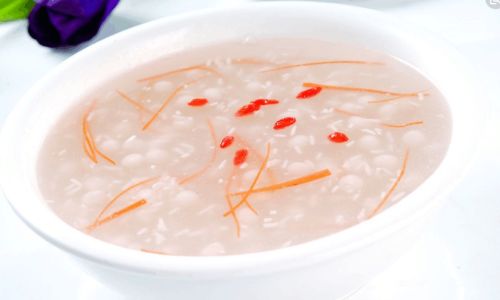
Achieving the perfect balance of sweetness and juiciness in your homemade Jiuniang can be a rewarding endeavor. This guide aims to demystify the process, ensuring that you can create a batch that is both sweet and abundant in its liquid content. By following these meticulous steps and understanding the science behind fermentation, you’ll be well on your way to mastering the art of making Jiuniang.
Understanding the Basics of Fermented Rice (Jiuniang)
Before diving into the recipe, it’s crucial to understand the fundamentals of Jiuniang. Essentially, Jiuniang is a product of the fermentation process, where glucose from the broken-down starch in rice is converted into alcohol and carbon dioxide by yeast. The sweetness comes from the residual glucose and other simple sugars that are not fully fermented. The juiciness, on the other hand, is a result of the moisture content and the way the rice grains absorb and retain liquid during fermentation.
Choosing the Right Ingredients
-
Rice: The quality of rice plays a pivotal role in determining the final texture and flavor of your Jiuniang. Short-grain glutinous rice (also known as sticky rice or sweet rice) is preferred due to its high starch content and ability to hold moisture, which contributes to the desired juicy texture.
-
Water: Purified or distilled water is recommended to avoid any unwanted contaminants that could interfere with the fermentation process. The ratio of water to rice is crucial; too much water can result in a watery Jiuniang, while too little can make it dry and dense.
-
Sweetener: While the natural sugars in the rice contribute to the sweetness, adding a small amount of sugar or honey can enhance this aspect. However, be cautious not to overdo it, as excessive sugar can hinder fermentation.
-
Yeast: Traditional Jiuniang relies on natural yeast present on the rice or in the air. However, for a more controlled and consistent fermentation, you can use a starter culture or dried yeast specifically designed for rice fermentation.
-
Temperature: Temperature is a critical factor in fermentation. The ideal range for Jiuniang fermentation is between 28-32°C (82-90°F). Too low temperatures will slow down fermentation, while too high can kill the yeast or produce off-flavors.
Step-by-Step Guide to Making Sweet and Juicy Jiuniang
Step 1: Preparation of Rice
-
Rinse and Soak: Begin by rinsing the glutinous rice thoroughly under cold running water to remove any impurities. Soak the rice in enough water to cover it by at least 2 inches for about 4-6 hours. Soaking helps to soften the rice grains, making them easier to steam.
-
Drain and Steam: Drain the soaked rice well and spread it out on a clean kitchen towel to remove excess water. Steam the rice over boiling water for about 30-40 minutes, or until it is cooked through but still slightly firm to the bite. Overcooked rice can result in a mushy Jiuniang.
Step 2: Cooling and Inoculation
-
Cooling: Once steamed, transfer the rice to a large, clean mixing bowl and let it cool to about body temperature (around 35°C or 95°F). This is crucial as high temperatures can kill the yeast.
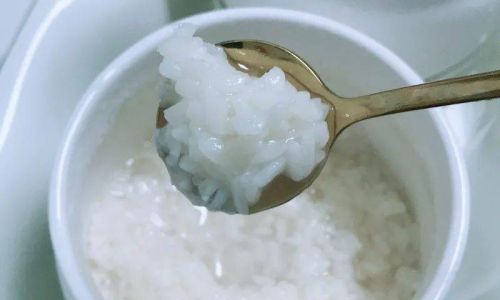
-
Inoculation: Sprinkle the yeast evenly over the cooled rice. If using a starter culture, mix it with a small amount of lukewarm water before adding it to the rice. Gently mix the rice to distribute the yeast evenly.
Step 3: Adding Water and Sweetener
-
Water Adjustment: Gradually add lukewarm water to the rice, mixing gently to avoid breaking the grains. The amount of water added will depend on your preference for juiciness. A good starting point is about half a cup of water per cup of cooked rice.
-
Sweetener Addition: Add the desired amount of sugar or honey, mixing well to ensure it is evenly distributed. Start with a small amount (e.g., 1-2 tablespoons per cup of rice) and adjust to taste later if necessary.
Step 4: Fermentation
-
Transfer to Container: Transfer the inoculated rice mixture into a clean, sterile glass or ceramic jar with a loose-fitting lid. Avoid using metal containers as they can react with the acidic environment during fermentation.
-
Incubation: Place the jar in a warm, draft-free area where the temperature can be maintained between 28-32°C (82-90°F). Cover the jar with a clean cloth or towel to prevent contamination while allowing some airflow.
-
Monitoring: Check the rice daily, stirring gently to release any trapped carbon dioxide and prevent the rice from sticking together. The fermentation process will cause the rice to rise and become bubbly, with a pleasant sweet-alcoholic aroma developing.
Step 5: Harvesting and Storing
-
Harvesting: After about 3-5 days of fermentation (depending on temperature and yeast activity), the Jiuniang should have reached its desired sweetness and alcohol content. Taste a small amount to check for sweetness and flavor. If it’s to your liking, stop the fermentation by refrigerating the jar. Cold temperatures will slow down the yeast activity.
-
Storing: Store the Jiuniang in the refrigerator in a sealed container. It will continue to ferment slowly, so taste and adjust sweetness if necessary before serving. Jiuniang is best consumed within a week for optimal flavor and texture.
Troubleshooting and Tips
- Dry or Dense Jiuniang: This can be due to insufficient water or overcooking the rice. Adjust the water ratio and ensure the rice is cooked to the right consistency.
- Too Watery Jiuniang: This often happens when too much water is added. Next time, reduce the water content slightly.
- Off-Flavors: Contamination or incorrect temperatures can lead to unwanted flavors. Always use clean utensils and maintain the correct fermentation temperature.
- Slow Fermentation: If fermentation seems sluggish, check the temperature and consider using a starter culture or more active yeast.
Conclusion
Making sweet and juicy Jiuniang is a rewarding culinary endeavor that combines the art of fermentation with the science of precise ingredient ratios and temperature control. By following this detailed guide, you’ll be able to create a batch of Jiuniang that is not only delicious but also brimming with the rich, sweet flavors and juicy texture that make this traditional beverage so beloved. Whether enjoyed as a refreshing drink on a hot day or served as a dessert with fruits and nuts, Jiuniang offers a unique and delightful taste experience that connects you to the ancient traditions of fermentation. Happy brewing!
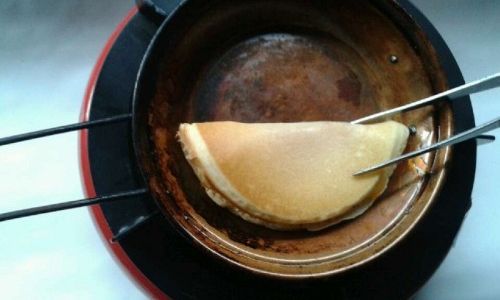
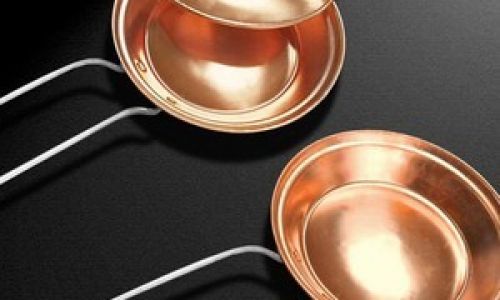
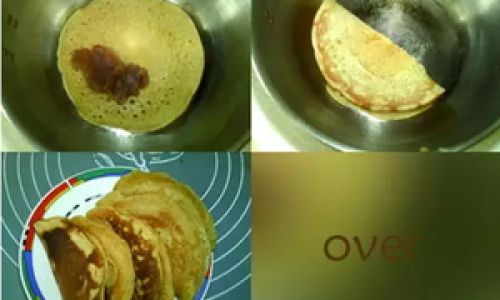
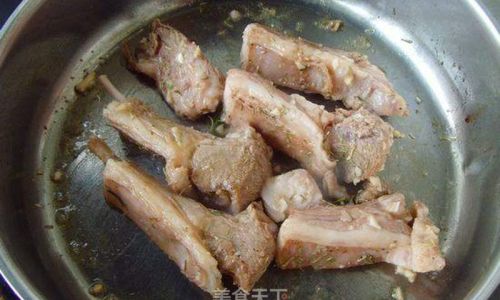
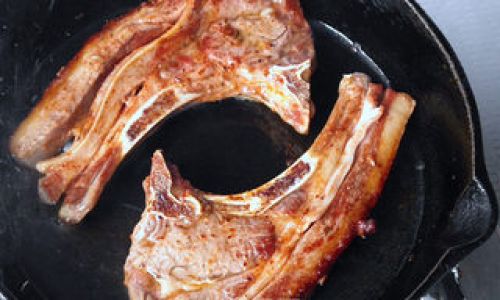
0 comments